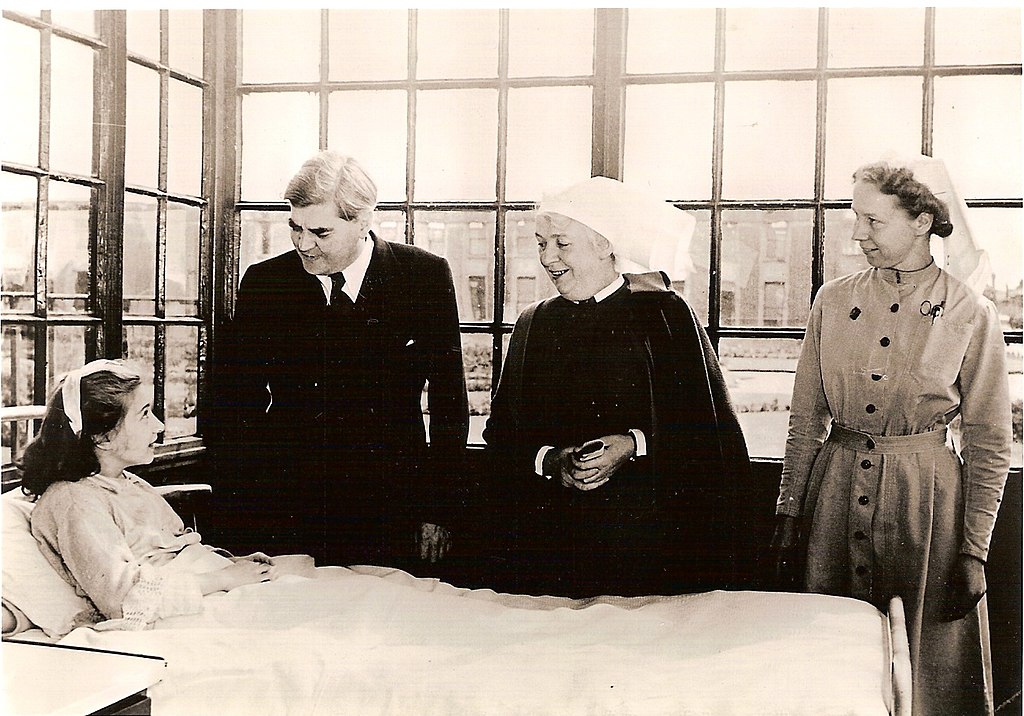
My thoughts on the government’s new plan to the NHS crisis published today. Sum: They seemed to listen to the experts but are clearly not interested in recovering the NHS…
There are some positives. But stating the obvious first: this is way too little, way way too late!
We have been calling for action all last year. The worst winter crisis in history was entirely predicted and the government did nothing. Thousands died needlessly and millions suffered.
They are talking the talk (which is an improvement on simply thinking they know better than those with experience and expertise in the area):
1. Increase capacity.
There is a commitment to 5,000 more beds. Not clear whether this includes virtual beds. Forgetting the issue of staffing the beds, 5,000 is no where near enough to make any meaningful impact on waits. 9,000 taken up with Covid, and we shrunk the NHS during the pandemic. We have three times fewer beds than other countries like Germany.
If they can staff the 5,000 beds, the hospitals will be marginally safer, but I can’t see this leading to any inroads on the waiting lists. People will still be being forced into the private sector.
2. Grow the workforce.
Nothing but hot air here. Credit for accepting the NHS needs more clinical staff; but there is nothing at all here that will either retain or recruit staff.
They talk of more 111 staff. Bear in mind that the emerging evidence calls into question whether 111 (an untested and unproven triage system) actually causes more strain on emergency services! But it is cheap and can redirect to private care as easily as to the NHS when the time comes…
More emergency medical technicians -EMTs – (as great as these non-paramedic ambulance crews are) are simply less expensive and can also be bought out or contracted by the private sector when needed.
Nothing about retention. Odd given the NHS is in the middle of the worst retention crisis in its history. Nothing to achieve greater recruitment of the staff needed to run the wards – a fatal error, making the plan unworkable (remember the Nightingales).
The complete ignoring of the staffing issue is a clear sign that this government plan (endorsed by NHS executives) is not serious about recovering the NHS. You cannot deliver more with less staff!
3. Speeding up discharge.
Bear in mind we normally have about 10,000 patients delayed. We currently have about 14,000.
It is right to get people home as quickly as possible, but one of the biggest issues facing NHS England is the time consumed by everyone trying to speed up discharge, and the fact that some patients would do better with more rehab and more time to get well before being discharged. Pushing folk out of hospital should not be the focus. We should have the capacity to provide optimum care. Not can they go home, but should they!
4. Expand community services.
How can we take this seriously when there is no mention of expanding primary care – unequivocally the most effective way of relieving NHS pressures? Frailty services and virtual wards are great, but can’t have anywhere near the impact of funded GP services!
5. The right care the first time.
If 111 had enough clinical staff then maybe it could work. Encouraging retirees to work it isn’t a bad idea either. But 111 remains untested and there are serious doubts as to whether it simply adds to the burden with inappropriate referrals.
Overall, the plan reads better than those under Johnson – Hancock and Javid – but it remains a con. More likely this turns into another “we are doing the right things” when actually they are just talking about the right things. Seems little more than a PR exercise.
The solutions are well known:
1. Pay restoration.
There isn’t even a choice about this. You must at least pay staff the equivalent to what they were getting in 2010. No one will work in worse conditions for less real world money.
2. Support primary care.
Anyone who knows anything about healthcare and health systems is fully aware that our primary care service is tiny in comparison to need, hospital care, and our neighbours. By a country-mile the most cost-effective improvement is to expand primary care.
3. Increase bed capacity.
We need about 20-30,000 more beds to sort out flow, optimise care, and to make inroads in the waiting lists. This would still leave us below the EU14 average for bed capacity.
4. Increase social care provision.
Again, returning it to 2010 levels would be a start. Perhaps renationalising it would be better and allow the NHS to manage the beds. Either way, needs to be bigger.
Summary.
A cheap plan that will make minimal, if any, impact on waiting lists and – if they can get the staff (a big if) – a marginally safer next winter. Almost all investment outwith the NHS core services and it remains ripe for privatisation.




